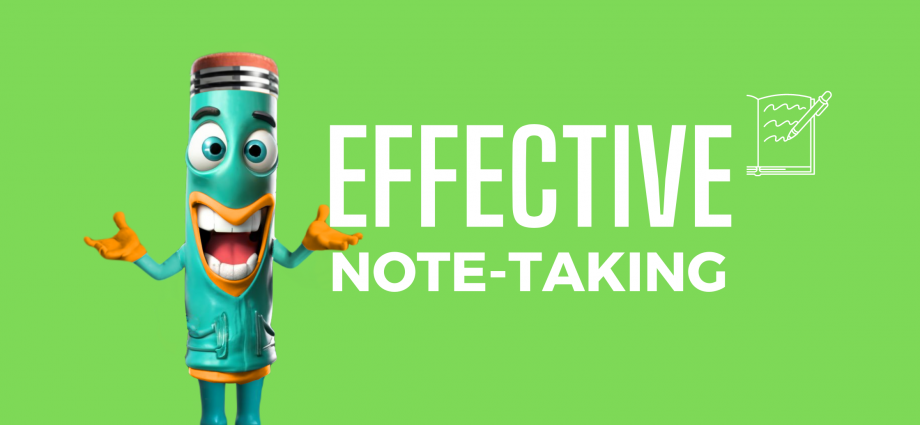Conquering Information Overload: Master the Art of Effective Note-Taking
In today’s information-saturated world, our brains are constantly bombarded with stimuli. From lectures and meetings to articles and social media posts, it’s easy to feel overwhelmed. That’s where effective note-taking comes in. By capturing key points and organizing information in a clear and concise way, we can transform overwhelming chaos into manageable knowledge.
But how do we take effective notes? It’s not just about scribbling down everything the professor says or frantically highlighting everything in a textbook. To truly master the art of note-taking, we need to adopt a strategic approach.
Embrace the Power of Condensation
Forget trying to write down every word. Instead, focus on capturing the essence of the information. Use keywords, phrases, and abbreviations to save time and avoid information overload. Remember, your notes are a springboard for your memory, not a verbatim transcript.
Structure is Your Friend
Organization is key to effective note-taking. Develop a system that works for you, whether it’s using bullet points, mind maps, or numbered lists. This will make your notes easier to review and navigate later.
Visualize Your Learning
Don’t be afraid to get creative! Incorporate diagrams, charts, and doodles to break up text and enhance your understanding. Visual aids can be powerful memory triggers, helping you recall information more effectively.
Befriend Technology
Digital note-taking tools like Evernote, OneNote, and Notion can be game-changers. They allow you to easily organize your notes, insert multimedia, and collaborate with others. Plus, the search function makes finding specific information a breeze.
Active Engagement is Key
Note-taking should be an active process, not a passive one. Don’t just record information; analyze, question, and connect it to existing knowledge. Ask yourself questions as you take notes, and jot down your own thoughts and insights.
The Power of Review
Taking notes is only half the battle. The real magic happens when you review them. Schedule regular time to revisit your notes, summarize key points, and fill in any gaps. This active recall process will solidify your understanding and boost your long-term memory.
Remember, the best note-taking method is the one that works for you. Experiment, find what resonates with your learning style, and adapt your approach as needed. With a little practice and these tips, you’ll be conquering information overload and transforming your learning journey in no time!
Bonus Tips:
- Find a quiet and distraction-free environment to take notes.
- Use different colored pens or highlighters to make important information stand out.
- Record lectures or meetings if allowed, and use the recordings to supplement your notes.
- Share your notes with others and discuss the material to deepen your understanding.
- Most importantly, have fun! Note-taking should be an enjoyable experience that helps you learn and grow.
By following these tips and developing your own effective note-taking strategies, you’ll be well on your way to mastering the art of information management and maximizing your learning potential. Remember, knowledge is power, and effective note-taking is the key to unlocking that power.
I hope this blog post has been helpful! Please let me know if you have any questions.

